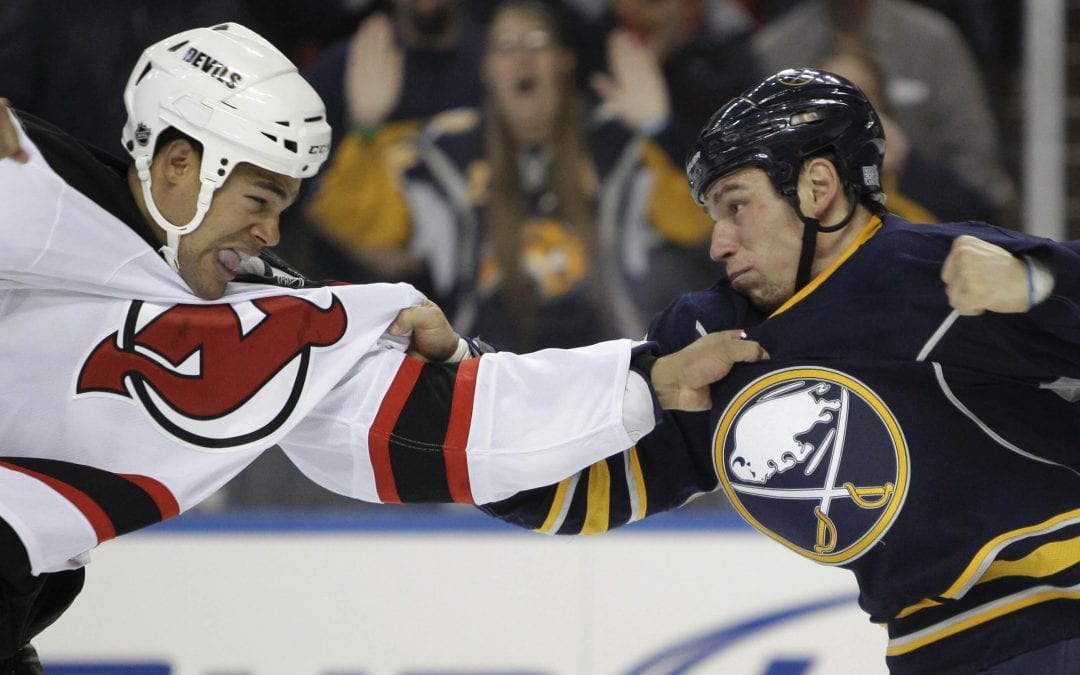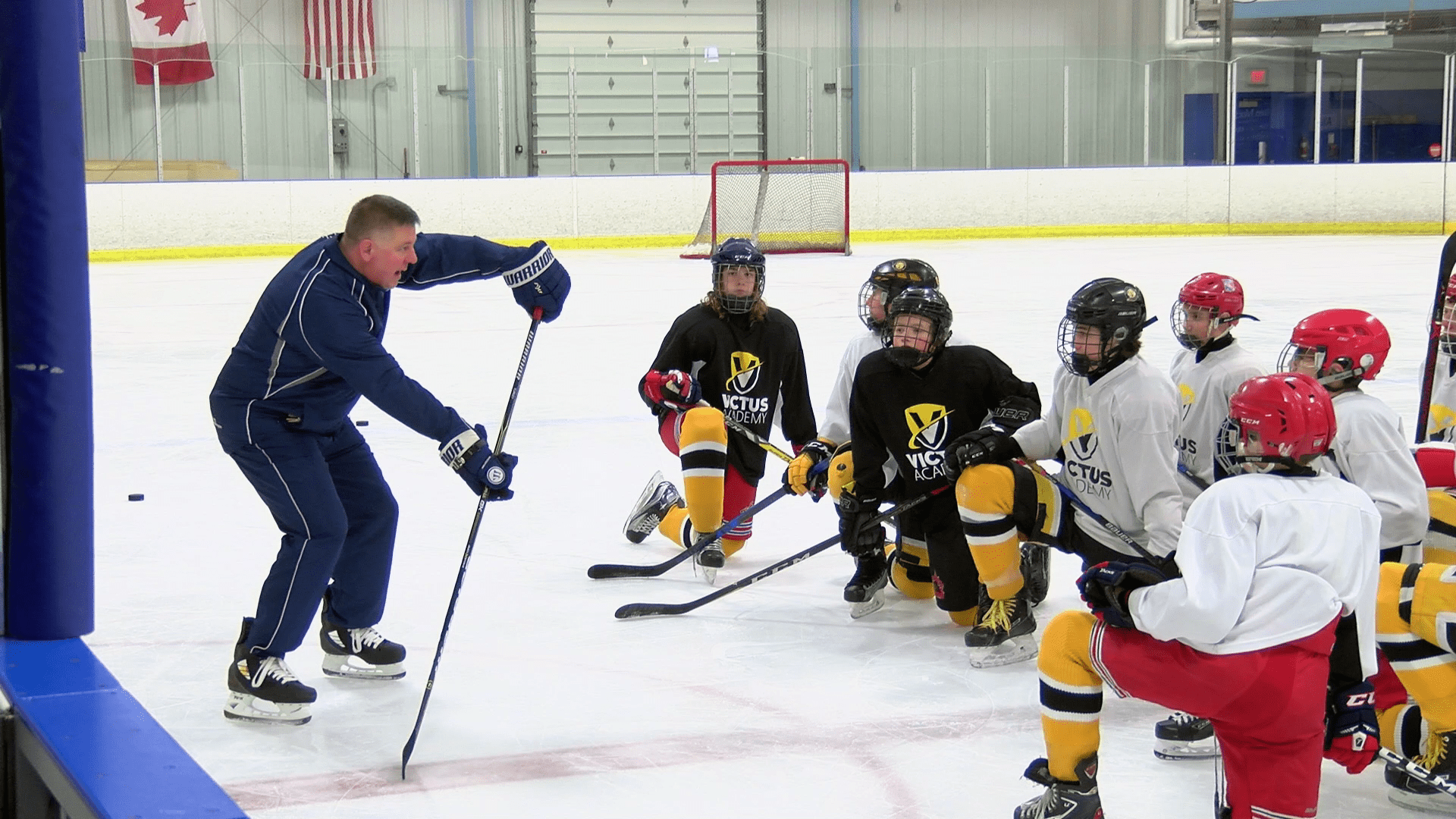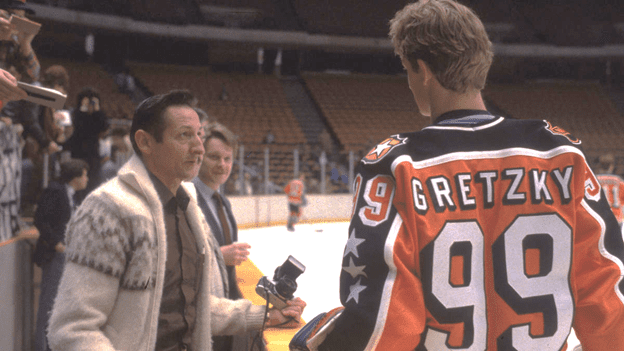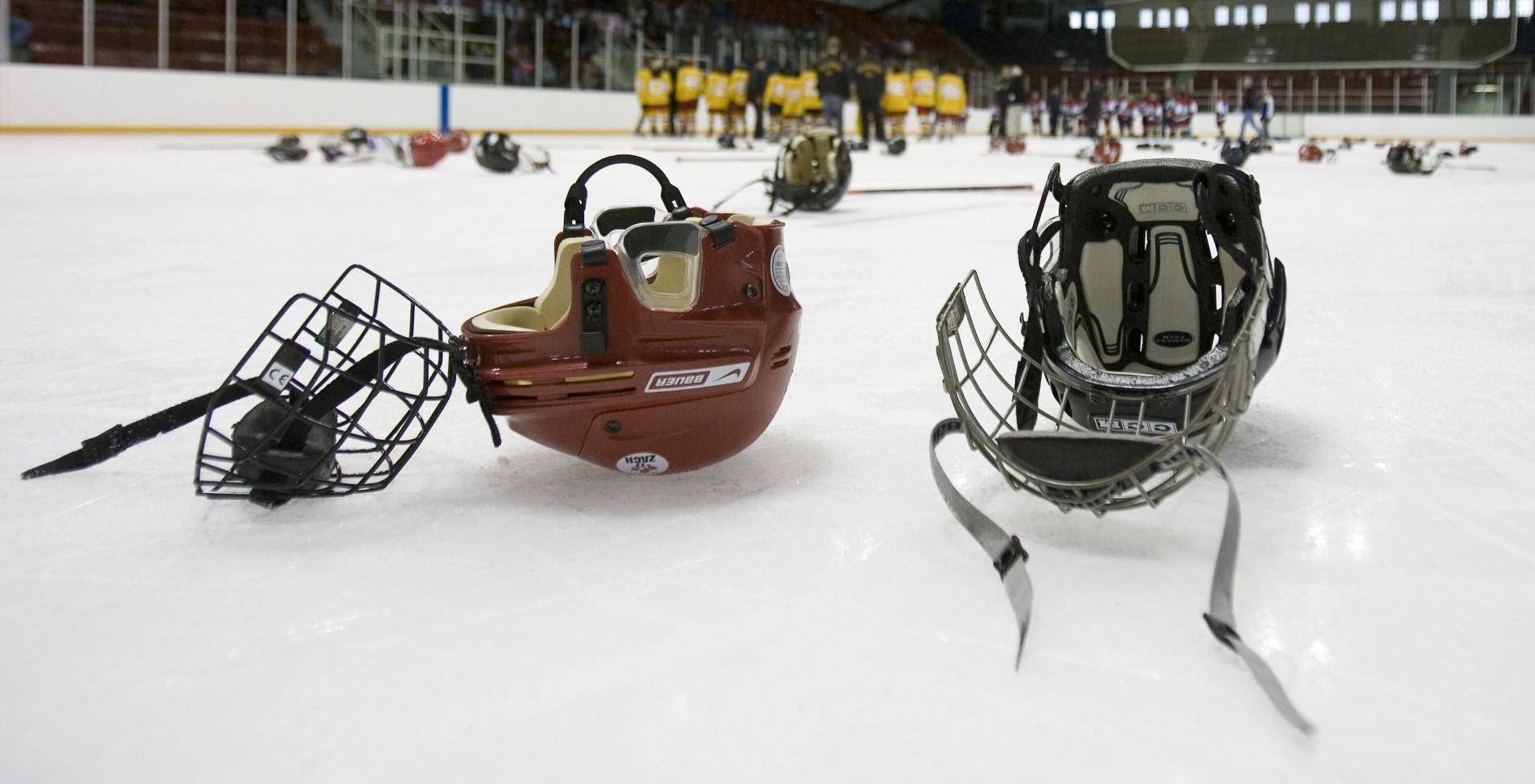In the early days of hockey, and even into relatively recent history, fighting was seen as a badge of honor – a sort of accolade that some of the best fighters were proud to have. Think of the Broad Street Bullies of Philadelphia in the 1970s. Their enforcers set a precedent that it was normal to have at least one fight a game, with fights reaching an all-time high of 1.17 per game during the 1983-1984 season. It was normal for teams to sign bigger, less skilled players for the sole purpose of enforcing and retaliating for big hits on their more talented stars. It seems, however, that the heyday of hockey fights is far behind us, with the number of games involving a fight dropping to an all-time low of 200 in the 2018-2019 season.
This number is an extension of an overall trend, with fights per game consistently dropping since the 2007 season. Still, hockey remains the only sport of the big 4 that sees fights occur on a semi-regular basis. Despite the attitude of newer players who aren’t as inclined to get involved in fisticuffs on the ice, many still believe that there is some reason to allow for fights to happen on the biggest stage in the game.
Reasons for Fighting
Hockey is without a doubt one of the most physical sports that you can play. Even with the league moving towards a faster-paced, more skilled game that doesn’t rely on unnecessary physicality, there will always be big hits, dirty plays, and trash-talking. Inevitably, tempers will flare, and players will occasionally find themselves taking swings at their opponents. Football might be more physical on a per-play basis, but the faster pace of hockey leaves more room for players to get into it, especially because the whistle isn’t blown after every big hit.
Originally, players known as enforcers were signed in order to mitigate big hits on smaller, highly skilled players. If you knew you might be getting wiped out by somebody twice your size, you may think twice about using excessive force against a team’s superstar. Enforcers played a major role on many teams from the 70’s into the 2000’s, but by 2007 they started to be phased out, and it’s rare for a team these days to sign a player for the specific role of getting physical with the other team. While there will always be big hitters, hockey players must now possess hockey skills as well in order to be signed.
Fighting Etiquette
Although it may seem like an oxymoron, there is a certain code of ethics that players are encouraged to abide by when engaging in a hockey fight. Players must both agree to a fight if it is going to take place. Simply swinging at an opponent when he isn’t expecting it is seen as a cheap shot and can be met with an instigator penalty. Fighters are usually supposed to be of similar stature – an enforcer should not go after a smaller skill player but can retaliate against another large enforcer for a dirty hit.
Most importantly, players are taught to fight fairly and cleanly. That means removing the gloves and the helmets so as not to gain an unfair advantage. Fights should be more like boxing matches, and cheap hits and dirty tricks are discouraged. Once a fight is over, both players should get off the ice gracefully and leave the situation as it is. The fight is over and should be treated as such for the rest of the game.
Why the Sharp Decline?
The decline of fighting in recent years can be attributed to several factors. One prominent factor, however, is that the league is trying to minimize head injuries in any way possible. There are stricter penalties and even fines for going after someone’s head during a hit. This is in part due to more recent studies that show a direct correlation between concussions and various problems later in life, including CTE, depression, and premature death. As much as big hits and fighting may excite some fans and players, nobody wants to see a player’s career ended early because of unnecessary violence.
While the league is still a physical one, there has been an overall move toward creating a faster, skill-based game that doesn’t require as many big hits and take-outs in order to win. Teams are drafting players for their ability to play hockey – not their ability to fight. Certain teams that were slower to adapt to that trend found themselves out of the playoffs more often than not and realized that their strategies were no longer going to be successful with the way the current game is played.
The talent pool for the NHL has also been expanding beyond Canada and the US into Europe, where fighting rules have always been stricter. Players are coming overseas with a completely different skillset that isn’t based on beating your opponent into submission. Opponents and teammates alike have had to learn to adapt to this style and have seen firsthand that fighting is usually not the answer.
What the Future Holds
There are some old-school fans who pine for the days where they were pretty much guaranteed to see a fight break out if they went to a game. Much to their chagrin, it doesn’t seem like those days are going to return any time soon. As player safety becomes more prioritized and analytics show that fighting doesn’t help win games, we are likely to see fewer fights on the ice. It isn’t completely out of the question that fighting will be banned altogether at some point, but the league is likely to be content just letting it slow down rather than banning it outright.
While older generations may dislike the decline of fighting in the NHL, it is important to realize that this is a big step in keeping our young stars safe and helping players to be better role models for children. After all, the point is to score more goals than your opponent, not to encourage violence and knock them out.






